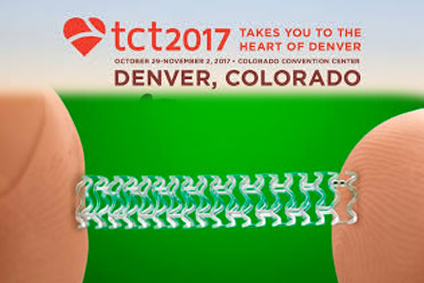Courtesy of the SBHCI.
The Absorb IV trial randomized 2604 patients in a 1:1 ratio to receive an Absorb everolimus-eluting bioresorbable scaffold or a Xience stent.
With the aim of minimizing the problems observed in previous studies, the Absorb IV protocol excluded small caliber (<2.5 mm) vessels and included mandatory aggressive pre-dilation followed by non-complacent balloon post-dilation. Patients could be randomized only after successful pre-dilation, which prevented the inclusion of patients with lesions that could not be dilated. Furthermore, unlike prior studies, Absorb IV did enroll patients with acute coronary syndrome.
Read also: “ABSORB II: No Benefits from Scaffolds After Complete Bioresorption”.
Primary endpoint target lesion failure was present in 5% of patients in the Absorb arm vs. 3.7% of patients in the Xience arm (p = 0.02 for non-inferiority and p = 0.11 for superiority). The rate of ischemia-driven target-vessel revascularization was 1.2% vs. 0.2% (p = 0.003), and the rate of device thrombosis was 0.6% vs. 0.2% (p = 0.6%).
Conclusion
A better implantation technique reduced the rate of thrombosis among patients in the Absorb group, although it still is higher than the rate for patients with the Xience stent. The rate of revascularization is also higher for the Absorb arm.
Courtesy of the SBHCI.
Original title: 30-Day Outcomes From a Randomized Trial of a Bioresorbable Scaffold vs a Metallic DES in Patients With Coronary Artery Disease.
Presenter: Gregg W. Stone.
Subscribe to our weekly newsletter
Get the latest scientific articles on interventional cardiology
We are interested in your opinion. Please, leave your comments, thoughts, questions, etc., below. They will be most welcome.



